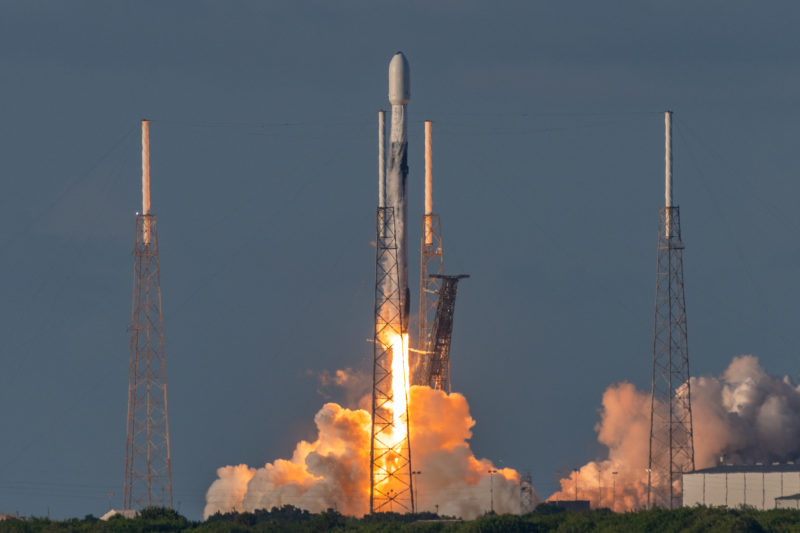
CAPE CANAVERAL SPACE FORCE STATION, Fla. — Space Launch Delta (SLD) 45 allocated several launch pads to four Commercial Launch Service Providers (CLPS) at Cape Canaveral SFS, Fla. This was part of the new Launch Pad Allocation Strategy (LPAS).
The United States Space Force (USSF) and SLD 45 allocated Space Launch Complex (SLC) 15 to ABL Space Systems, SLC 14 to Stoke Space, and SLC 13 to Phantom Space and Vaya Space.
SLD 45 developed LPAS to account for the following priorities: maximizing opportunities for the number of CLSPs we can host at CCSFS, maximizing the launch capacity of the Eastern Range, and minimizing the impacts that CLSPs create for other CLSPs or government programs during adjacent operations.
While working on growing and evolving the busiest spaceport in the world, preserving its history remains a top priority for SLD 45.
With its first launch on June 11, 1957, SLC 14 supported Atlas missile testing and launched Atlas based space vehicles. It was also the launch site of astronaut John Glenn, the first American to orbit Earth, and supported the NASA Gemini Program.
Although this complex is now allocated to Stoke Space, SLD 45 and the State Historic Preservation Office will ensure the history remains preserved.
The same goes for SLC 15, which supported Titan l and ll Intercontinental Ballistic Missile research and development from 1959-1964. After 26 launches and over five decades of dormancy, the pad will reactive and support ABL Space.
“Even with a new provider leasing a complex, they are not able to just move in and start making changes,” said Thomas Penders, 45th Civil Engineer Squadron cultural resources manager. “There is a list of regulations that have to be followed and after launch providers submit plans, a consultation and review is done.”
Launch complexes that are listed as a national historic landmark have extensive records in databases at the state level, in Washington, D.C., and even locally.
While SLC 14 and 15 are leased out and move on to start a new chapter, SLC 13, currently Landing Zone 1 and 2, is also moving forward with Phantom Space and Vaya Space.
Existing launch complex property agreements for landing operations will be phased out as those agreements expire.
“Commercial Launch Service Providers with landing operations can submit a request to SLD 45 for consideration of landing capability at their complex, which will then go through an extensive evaluation process” said Erin White, Delta planning specialist. “Requests for landing operations will be evaluated for safety implications and their impacts to other programs on CCSFS.”
CLSP wishing to conduct landing operations also have the option to land offshore on a ship, barge, or platform.
These new opportunities and allocation of pads drives the Eastern Range to the spaceport of the future.
“This first round of launch pad allocations was focused on small class vehicles,” said U.S. Space Force Col. Mark Shoemaker, SLD 45 Vice Commander for operations. “Opening our gates to new opportunities fosters development of new space launch systems and helps to ensure a strong space industrial base for the nation.”
Author: Senior Airman Dakota Raub, Space Launch Delta 45 Public Affairs
Source: https://www.patrick.spaceforce.mil/News/Article-Display/Article/3395711/eastern-range-launch-pad-allocations-drive-innovation-and-development/

